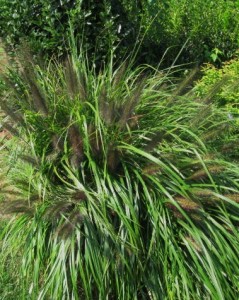 Ornamental grasses that grow in clumps vary in form from stiff and upright to relaxed and floppy. When classifying grasses by form only the foliage is considered, not the flowering stems. Likewise, height is not a factor but the shortest grasses tend to be clumping while the tallest tend to be upright and arching. Most grasses can be classified in one of six groups but, of course, some grasses may fall somewhere in between. Varying the forms of the grasses planted together in the garden is one way of introducing variety into a planting and can add excitement and interest to the garden.
Ornamental grasses that grow in clumps vary in form from stiff and upright to relaxed and floppy. When classifying grasses by form only the foliage is considered, not the flowering stems. Likewise, height is not a factor but the shortest grasses tend to be clumping while the tallest tend to be upright and arching. Most grasses can be classified in one of six groups but, of course, some grasses may fall somewhere in between. Varying the forms of the grasses planted together in the garden is one way of introducing variety into a planting and can add excitement and interest to the garden.
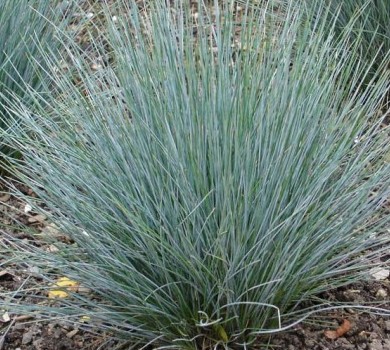
 Tufted
Tufted
Slender spiky leaves emerge from a basal clump.
Example: Blue fescue (Festuca cinerea)
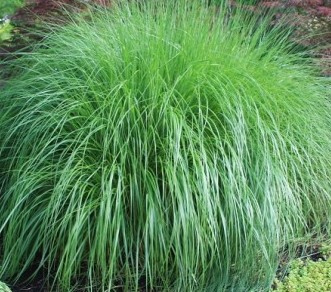
 Mounded
Mounded
Relaxed clump the center leaves weeping over outer ones.
Example: Fountain grass (Pennisetum alopecuriodes)
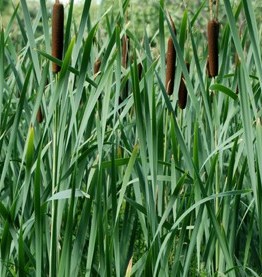
 Upright
Upright
Leaves are upright, often columnar.
Example: Cattail (Typha latifolia)
![]()
 Upright Divergent
Upright Divergent
Stiff or erect leaves growing up and out.
Example Blue oat grass (Helictotrichon sempervirens)
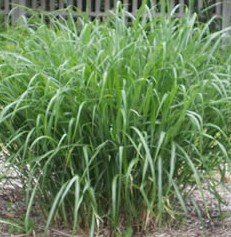
 Upright Arching
Upright Arching
Leaves upright as the emerge from clumpm becoming arching as they ascend.
Example: Silver feather maiden grass (Miscanthus sinensis ‘Silberfeder’)
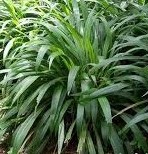
 Arching
Arching
Upward and outward spread of foliage about equal.
Example: Palm grass (Setaria palmifolia)